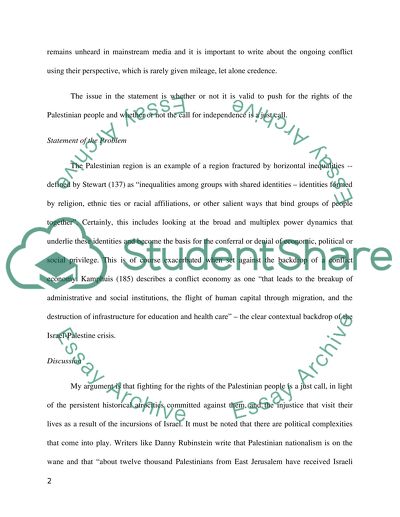Cite this document
(“Isreali-Palestine conflict: analysis of Mahmoud Abbas statement Term Paper”, n.d.)
Retrieved from https://studentshare.org/history/1395344-final-paper
Retrieved from https://studentshare.org/history/1395344-final-paper
(Isreali-Palestine Conflict: Analysis of Mahmoud Abbas Statement Term Paper)
https://studentshare.org/history/1395344-final-paper.
https://studentshare.org/history/1395344-final-paper.
“Isreali-Palestine Conflict: Analysis of Mahmoud Abbas Statement Term Paper”, n.d. https://studentshare.org/history/1395344-final-paper.


